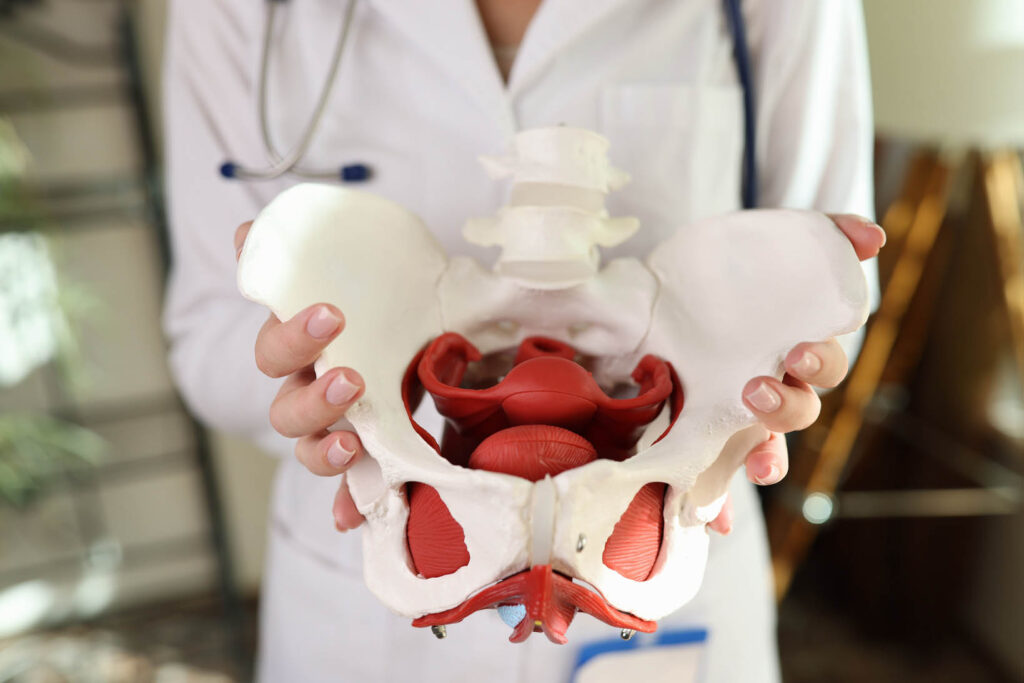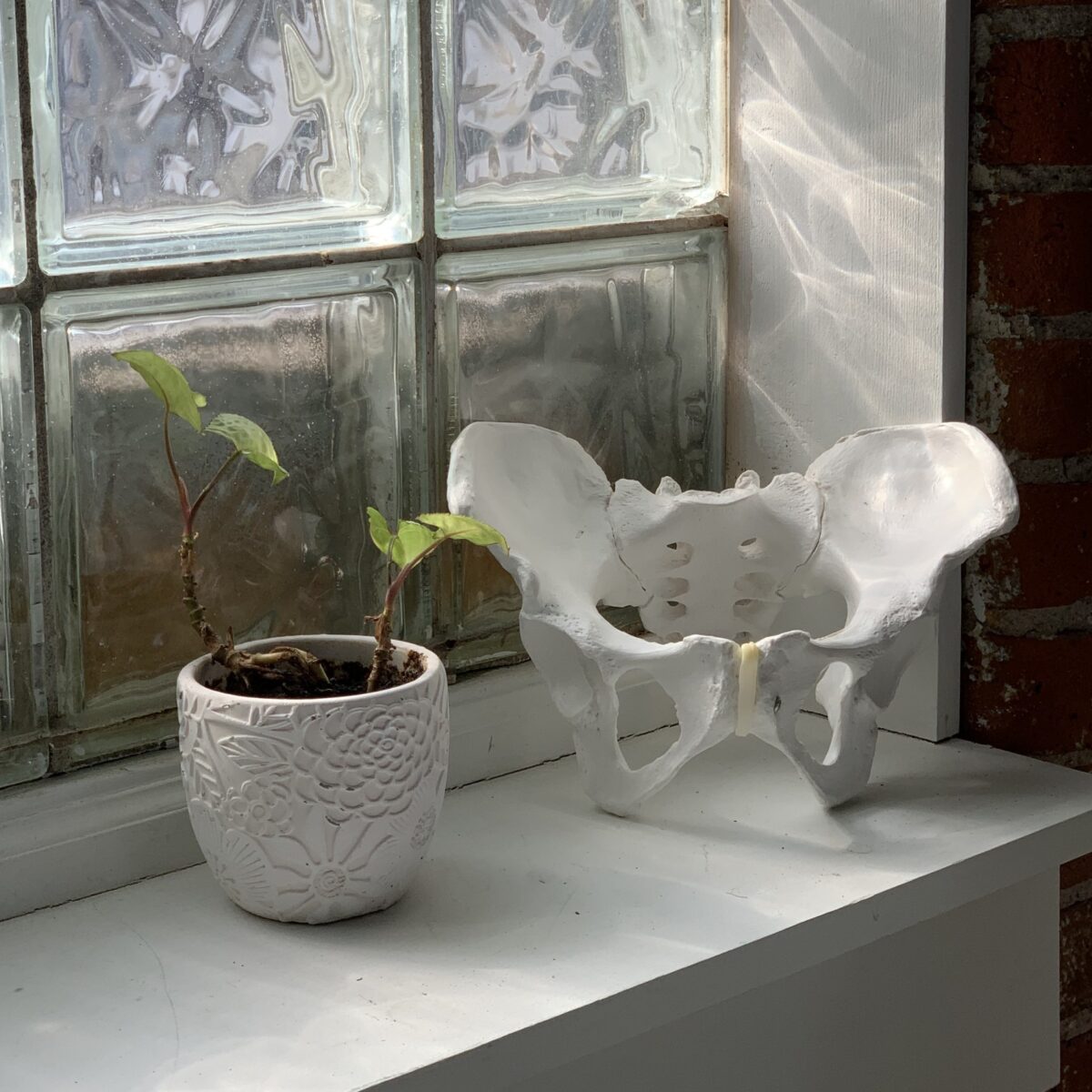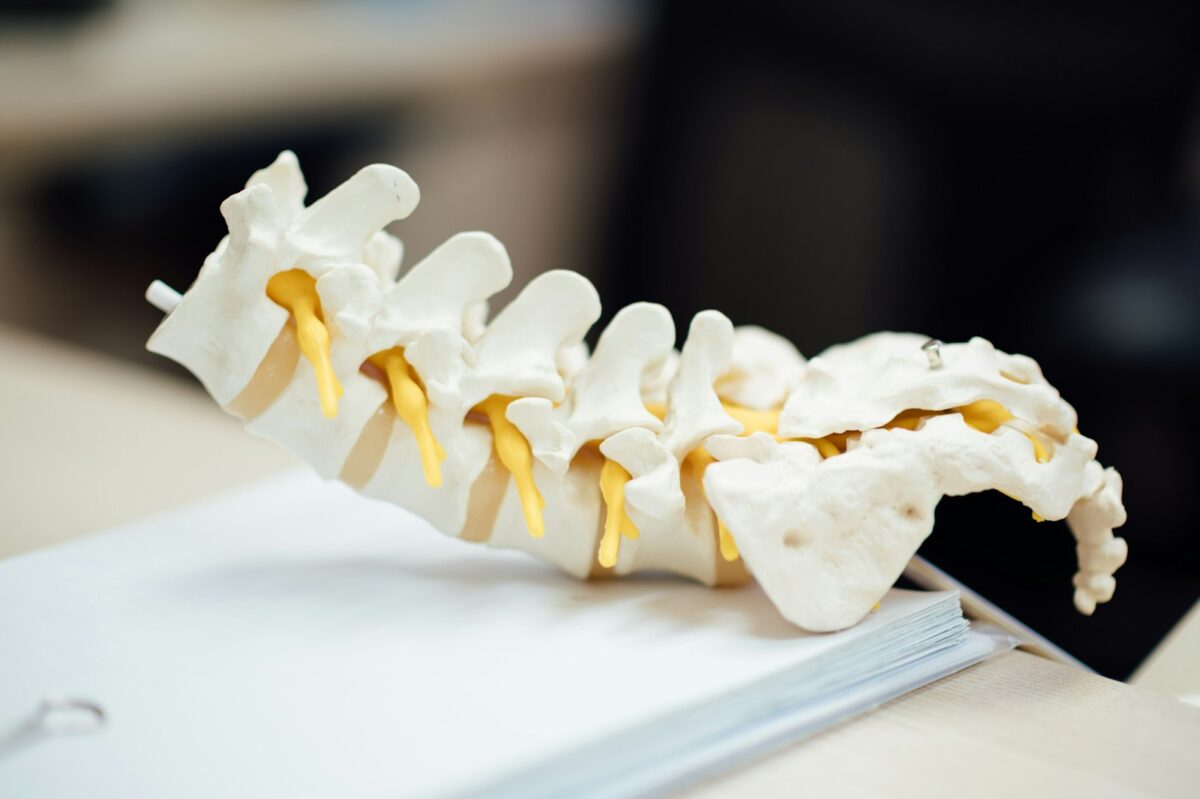Understanding Pelvic Health: The Hidden Key to Your Comfort & Confidence
Why should I care about my pelvic floor?
The simple answer is; your pelvic floor is a part of YOU, and you deserve optimal health & wellbeing!
The more nuanced answer is that the pelvic floor plays a much larger role in our bodies and daily life than we may initially think. Weakness or dysfunction in the pelvic floor can lead to issues like urinary incontinence, pelvic pain, and sexual dysfunction, highlighting the importance of maintaining its strength and function. It can also play a large role in things like back, neck, hip, and even jaw pain. This interconnected view of the body is where our practitioners thrive, helping you treat your symptoms and get back to feeling joy in your body.
Everyone has a pelvic floor. We can help you give it the care and attention it deserves.
What exactly is the pelvic floor?
The pelvic floor is a group of muscles and connective tissues located at the bottom of the pelvis, supporting organs such as the bladder, uterus, and rectum. Everyone has a pelvic floor and these muscles play a crucial role in posture, controlling urinary and bowel functions, as well as sexual health in all genders.

Signs that it’s time to get help from a Pelvic Floor Specialist:
- You’re noticing incontinence issues, or increased urgency
- Painful urination or leakage, or inability to fully empty your bladder
- There is pain or discomfort anywhere in the pelvic region
- You’re noticing pain with sex, or changes to libido
- Issues with painful periods, scar tissue, hemorrhoids, etc.
- Painful bowel movements or constipation
- Lower abdominal pain
- Prolapse or diastasis recti (separation of the abdominal muscles)
- Trouble getting or maintaining an erection, or trouble with reaching orgasm
- You had a baby (either vaginal birth or cesarian), or are going to have a baby
We understand how personal and life altering these struggles can be. They can feel like anything from confusing annoyances, or massive, life changing issues, or anything in between. Our pelvic floor specialists want you to know that you are not broken, and that help is absolutely possible. We’re here to support and educate you about your body, in a shame-free environment that values your privacy.

Stress is NO JOKE. A holistic approach to your care is important!
Our clinicians work within the biopsychosocial model, meaning we approach pain and dysfunction as symptoms of many factors within our lives. Our providers take a kind and caring approach to help you reach your goals. We take into account things like mental and emotional health and life stressors when considering and treating your physical health as well, and we understand the profound effect that stress can have on our bodies.
Your nervous system is a massive part of your life and health, and your treatment at BPHAC will always prioritize this!
Our practitioners have years of experience with specialized training in the most modern approaches to care. We value collaboration, meaning that your doctor will always work in tandem with your other healthcare providers, offer up resources, and consult with the specialized expertise of their colleagues working alongside them under our own roof.
Help for all these concerns and more can be found at BPHAC.
We can’t wait to support you! Our physical therapists and acupuncturists are accepting new patients, and can’t wait to help craft a treatment plan specific for you.
Become an established patient today. You can always email us at info@bphac.com, or give us a call/text at 716-325-0427 with any and all questions.



